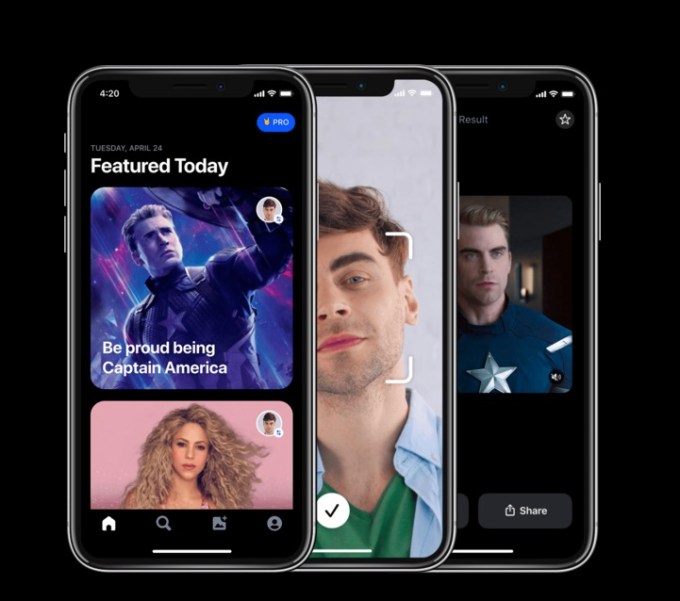Mikaela Kiner
Contributor
Mikaela Kiner is an executive coach and author of "Female Firebrands: Stories and Techniques to Ignite Change, Take Control, and Succeed in the Workplace."
A few years ago, I came to the realization that my company, an HR consulting firm, was not as diverse as I wanted it to be. I value diversity because I know it makes teams better — more creative, more productive and more nimble. It helps my firm represent our community and serve our clients.
Though I tried to be inclusive in the language and the images I used on my website, in social media and when posting job openings, clearly something wasn’t working. I’m fortunate to know many talented diversity, equity and inclusion (DEI) experts. I asked them what I needed to do differently to attract a broader and more diverse pool of candidates. Here’s what they told me.
Define what diversity means to you
This may seem obvious, but it’s actually something many companies don’t do. When we talk about diversity, people tend to think only of race and gender. Our definition of diversity can be narrow, and we fail not only to include physical ability, gender identity and a host of other underestimated groups, but to recognize that even within a company, who is well represented versus underrepresented can vary by team or department.
I noticed a lack of diversity among my team of coaches; it was all women, but there were few women of color. The gender imbalance is not a surprise; according to the International Coaching Federation (ICF), approximately two-thirds of coaches are women. It would have been all too easy to throw up my hands and say “Well, there just aren’t enough qualified male coaches.” But blaming the pipeline is not a valid excuse and doesn’t fix the problem.
If I told people, “I’m trying to increase diversity on my team,” they would not have known what I meant; they would have been left to assume. Instead, I reached out to a small group of coaches who I know and trust, and told them “I’m looking for more coaches. Specifically, I would like to add women of color and I’d also like to have more men on the team.”
In the U.S., where we’ve been taught for so long not to talk about race or gender while hiring, this felt awkward. I had to push past that, and I’m thankful I did. The result was that I was not only able to add a number of experienced coaches to my team, I also built a whole new network of talented, diverse coaches from whom I continue to learn.
Write more inclusive job descriptions
When you want to appeal to the most diverse candidates, language matters. It is (hopefully) obvious that terms like rock star, stud and ninja, which have been used all too frequently in job descriptions, are exclusive and off-putting to many candidates. But other words and phrases to use or avoid aren’t always common sense. The most appealing language can vary by job level, title and even geography.
Using a tool like Textio will help you create a job description that welcomes the most candidates to apply. Textio uses machine learning and algorithms from millions of job descriptions to help you spot and remove language that can unintentionally narrow your pool. Pop in your job description and you’ll get recommendations about the optimal length of your JD, word choices that skew masculine or feminine, sentence length and even whether your job suggests a fixed or growth mindset.
Personalize your equal opportunity hiring statement
We’ve all seen the old equal employment opportunity (EEO) statement at the end of a job posting, which reads: “We’re an equal opportunity employer. All applicants will be considered for employment without attention to race, color, religion, sex, sexual orientation, gender identity, national origin, veteran or disability status.” It sounds like it came right off the government website, which it probably did. And that’s exactly how it comes across to candidates — like a canned message that you’ve added just to make sure you’re in compliance.
Did you know that you can customize your EEO statement? People do read it, and sticking with the legal jargon can be off-putting. A generic statement doesn’t say anything positive about your brand, and it doesn’t demonstrate a true commitment to diversity. If you haven’t already, now is the perfect time to update your statement, making it more reflective of your culture and values. For example:
“SurveyMonkey is an equal opportunity employer. We celebrate diversity and are committed to creating an inclusive environment for all employees.”
Is it worth the effort? According to FairyGodboss, these personalized EEO statements “…communicate an employer’s dedication to unbiased recruiting, hiring and employment practices, which may encourage traditionally marginalized groups to seek employment within the organization.”
Conduct blind resume reviews
Most people are familiar with unconscious bias, and how it can negatively impact every step of the hiring process. Even as early as the resume review, bias causes recruiters and hiring managers to favor resumes of candidates who are in the majority. Bias can result from information ranging from a candidate’s name to which college they attended or which sports they played.
For instance, those with white-sounding names receive preference. The National Bureau of Economic Research found that “Job applicants with white names needed to send about 10 resumes to get one callback; those with African-American names needed to send around 15 resumes to get one callback.” I have a friend from India who received similar treatment. Even though she had worked with well-known companies, including Google and Deloitte, she had difficulty landing a job when she first came to the U.S. When she was ready to change employers, she adopted an American nickname on her resume and LinkedIn profile, and promptly got five callbacks.
In a blind resume review, identity cues that indicate race or gender are hidden. Tools like TalVista do this automatically, or your team can do it manually by hiding the information. While this helps increase the number of diverse candidates who make it to the next step, it does not address bias that occurs during interviews or later in your hiring process. That’s going to require training.
Assemble diverse interview panels
People from underestimated groups are all too familiar with the phrase “you have to see it to be it.” If I can’t see myself as someone who will be welcome and included in your company, I’m far less likely to join it. Yet too often even when a candidate meets with multiple interviewers, none of those interviewers reflect the candidate’s race or gender.
Imagine a woman of color spending the better part of a day meeting with a potential employer. Over the course of several hours, she meets a number of leaders but she doesn’t meet a single woman of color. She might think there are no women of color in the company, or wonder why they are not included in important decisions like interviewing and hiring.
When Karenga Ross interviewed at Intel after meeting them at a National Society of Black Engineers conference, she was pleasantly surprised to meet two African American women on the interview panel — these were women who looked like her. “It’s nice to be able to look across that table and see someone whom I can aspire to be. I can see someone who looks like me. It was refreshing. It was inspiring.”
One question I get from small companies is how to assemble a diverse interview panel if they don’t yet have diversity within their organization. I encourage them to cast a wide net. Think about who’s affiliated with your company, even if they’re not employees. If you have diverse advisors, investors or board members who are willing to help, invite them to join your panel. It will improve the candidate experience and help eliminate bias from your decision making.
Increasing diversity is an important investment that takes commitment, and a willingness to learn and experiment. You’ll have to try out some new things, and perhaps have conversations that make you uncomfortable. Remember to take one step at a time, and measure your progress and results.
Diverse hiring is one important step toward increasing diversity in your organization. Retention, however, depends on all employees feeling a sense of belonging. Remember to review your internal practices and policies to make sure they too meet the test of inclusion.









